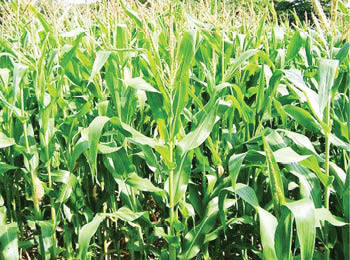Protect your maize against Fall Army Worm
Bukar Tijani, the FAO Assistant Director-General and Regional Representative for Africa, has advised farmers in Africa that as the Fall Army Worm (FAW) is new to the continent, farmers’ and crop protection and extension workers’ good understanding of the pest’s behavior and management practices are crucial to effectively manage it without damaging human health and […]

Maize farm

Bukar Tijani, the FAO Assistant Director-General and Regional Representative for Africa, has advised farmers in Africa that as the Fall Army Worm (FAW) is new to the continent, farmers’ and crop protection and extension workers’ good understanding of the pest’s behavior and management practices are crucial to effectively manage it without damaging human health and the environment.
FAO highlights the following key guidelines and advice on effectively and sustainably managing the pest:
• Visit your farm and look at the status of the crop: its health and signs of presence of the FAW. Farmers can directly crush the egg masses and young larvae.
• FAW damage can be disturbing, but maize plants have a good capacity to compensate for that damage and often little yield is lost.
• Study FAW behaviour. For example: understanding how and where the adult female moth lays her eggs can help determine where to plant mixed crops to prevent further spread of FAW.
• Understand the important role of natural biological control in managing FAW. Studies have shown that FAW suffers up to 56 percent mortality from parasitoids (beneficial insects such as tiny wasps killing eggs or larvae of the FAW) alone.
• Farmers must be able to recognize the FAW’s natural enemies and learn how to conserve and enhance them. Ants have already shown to be important FAW predators.
• Fields in Nigeria have already shown high levels of natural FAW mortality due to fungal and viral entomopathogens (pathogenic organisms killing FAW larvae).
• Farmers can ‘recycle’ these naturally-occurring pathogens.
• Farmers can try “local remedies”, including application of ash, lime, sand, or soil directly into infested whorls, already successfully used by some African farmers against FAW.
